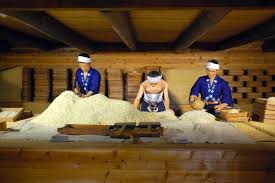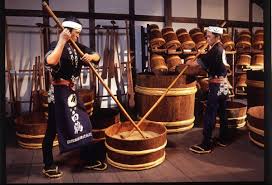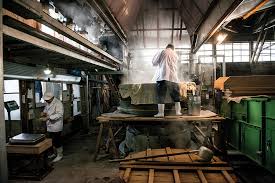Sake To Me....
- Margaux Burgess
- Feb 15, 2018
- 2 min read
Sake - it is not just for Japanese restaurants! Sake is one of the most versatile beverages around and while it may be made like beer, it is more similar to wine in how it can be enjoyed. With many aromatic and flavour compounds Sake is complex, nuanced and varied.

Sake 101 - The Basics:

How to taste:
Tasting Sake is very much like tasting wine. The methodology is the same, and essentially you are looking for the same indicators of quality. Balance, complexity and intensity. There are differences - the acidity and sugar balance is looked at a little differently, but really, like wine the most important thing is to know what we like and know how to help other find what they like!
The Kikichoko is the traditional sake tasting cup, which is still often used whenever sake is served. I actually prefer a wine glass because it allows you to experience more of the aromatics and complexity found in the sake. The steps to taste Sake are again quite similar to wine:
Look at the appearance - especially colour and clarity
Smell the sake and take note of the aromatics
Sip and taste while aerating the sake in your mouth as with wine
Evaluate the flavours, balance, acidity and sweetness
Spit/Swallow and enjoy!
Some of the aromas and flavours that can be found in your glass:
Fruit - Apple Pear Banana Melon Lychee Strawberry Citrus
Alcohol Spice Nuts - Alcohol Clove Cinnamon Fenugreek Nuts
Grass/ green - Cedar Grass Rose
Cereal Fungi - Rice Koji Fungi
Caramel Acid - Honey Dry fruits Brown sugar Soy sauceVinegar
This is just the start of looking at one of the classic and complex beverages of the world. Open a bottle and try one today - would love to know what you think!













Comments